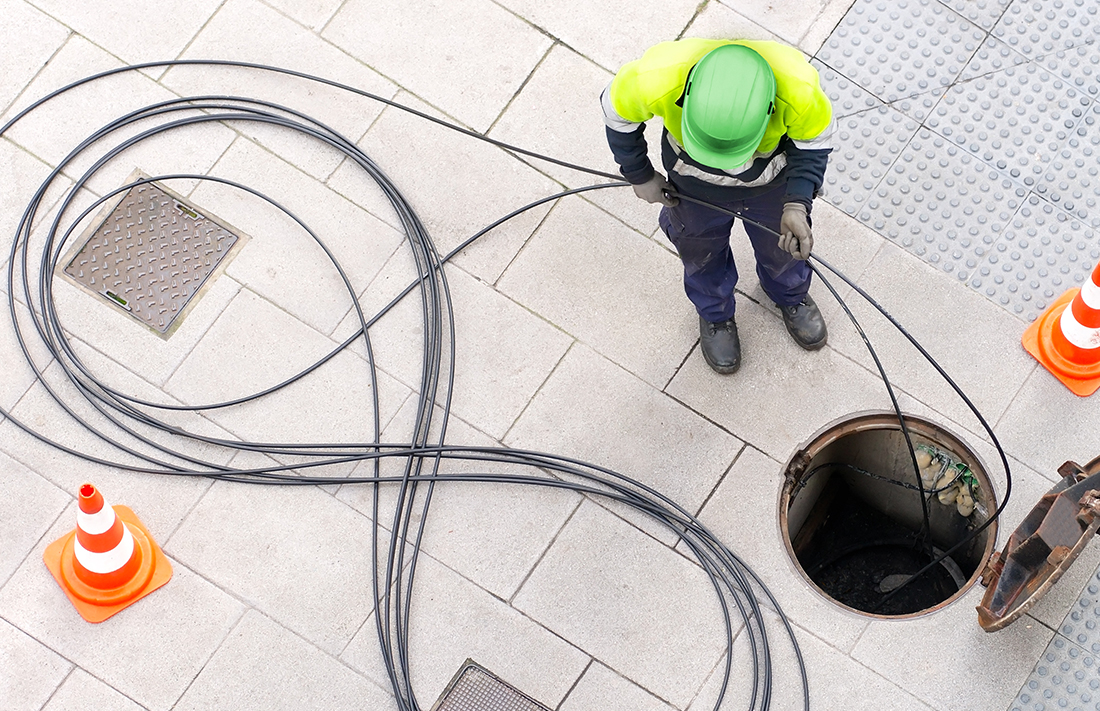Client Situation
The client is a communications services company with an expanding market in the US. It offers managed communications services; additionally, it caters to small and midsize businesses with premium broadband, entertainment, and security services. It also has a direct-to-home fiber optic network for individual customers.
The client’s fiber deployment pace is outstripped by demand. It has plans to increase its reach in the domestic segment by 70% in 2023, amid a tight contest from businesses vying for the same market.
The company wants to overhaul its fiber plan and design process to cut task repetition, errors due to manual handoffs, and poor-quality implementation leading to design redoes at the last moment. This means many functions like deciding the right regions for
fiber-laying based on demand, surveying, deployment of fiber, and quality checks must be optimized for efficiency.


